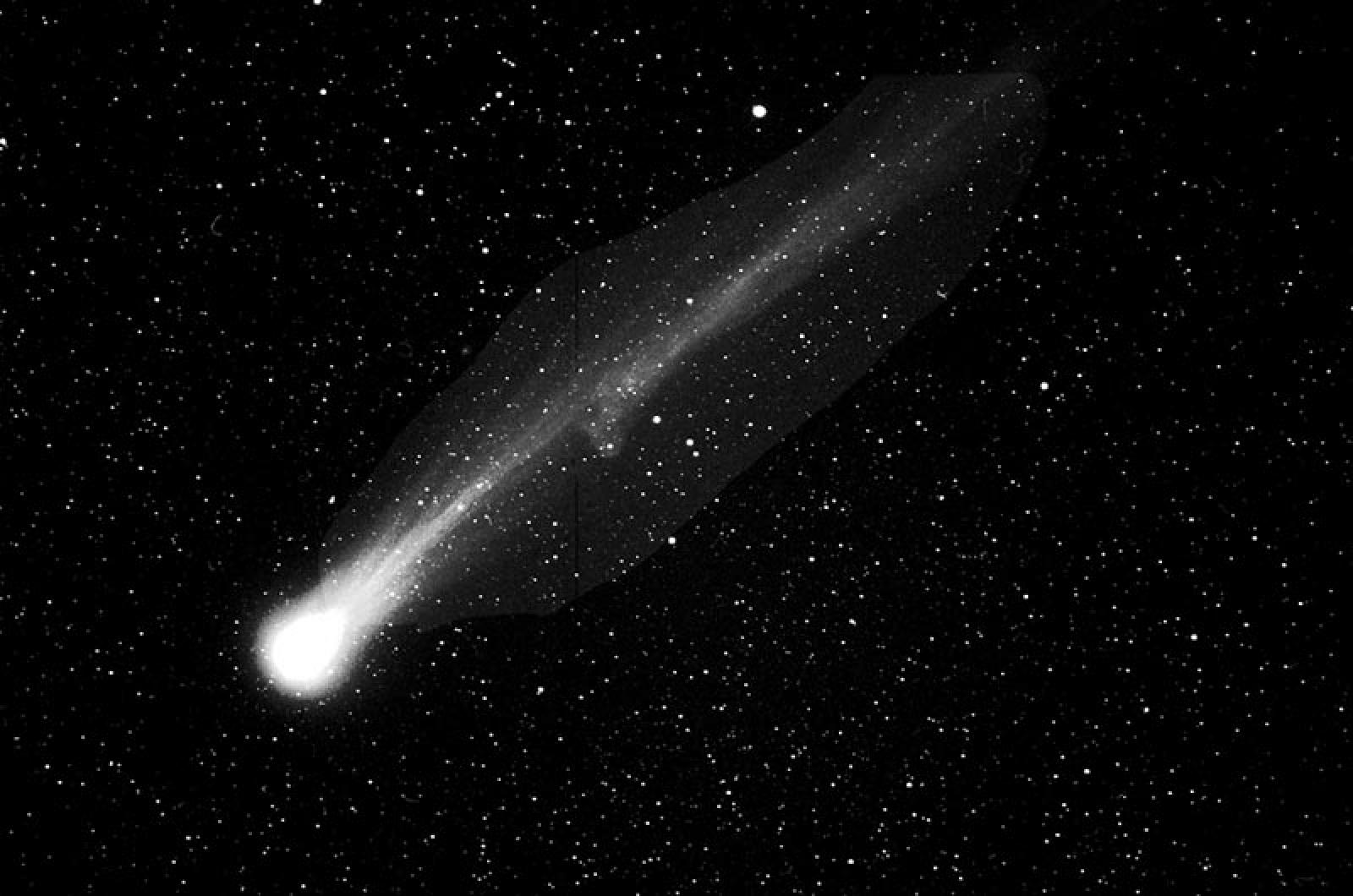When the weather is fair and the sky clear, the Vineyard can feel like the top of the world.
This is especially true in January. Typical winter conditions, such as steady air, bright stars and a transparent atmosphere, make for optimal stargazing conditions, on par with the best stargazing locations on Earth, including mountaintops. The most familiar constellations are also within view, high in the sky, at this time.
Whether the view is from atop one of the Island’s own high points, such as Peaked Hill or the Gay Head cliffs, from East Chop, or even from the backyard of a rural home, a casual stargazer on the Island can see the Milky Way as a vivid stretch of lace ribbon crossing the January sky. The ribbon, visible overhead at 9 p.m., begins on the horizon in the northwest, where the last brush stroke of twilight resides. The galaxy stretches toward the horizon in the southeast.
Orion, the Hunter, the most recognized constellation in the winter sky, appears in the southeastern sky at 9 p.m. The three stars that make up the hunter’s belt point to the brightest star, Sirius, which has a distinctly blueish-white color.
High in the north almost overhead, Cassiopeia, the Queen, is unmistakable. The constellation looks like a giant letter “W.” It is marked by many faint stars that make up the Milky Way.
Other than the occasional moon, one planet in the winter sky outshines all the stars right now. That planet, Jupiter, is high in the sky near the zenith. It resides in the constellation Taurus this winter. It is not far from the Pleiades, an easily-recognizable star cluster.
Islanders overwhelmed by summer schedules find this an excellent time to bundle up, step outside with a cup of hot mulled cider and enjoy the long, leisurely nights while scanning for shooting stars, however infrequent.
Looking ahead, the night sky will continue to offer exciting perspectives in 2013, even after the cold, clear nights have abated. Already astronomers have identified two comets that will cross our skies in 2013.
The first, Comet PAN-STARR, will make an appearance in the southwest sky early in March.
Comets are frozen celestial objects that spend most of their life away in the cold outer space. As they approach the sun, they melt, shedding a long tail of dust. Plenty of comets fizzle and few appear brighter than predicted. But early predictions by astronomers indicate that the passing Comet PAN-STARR could be as bright as the planet Venus or the star Vega.
The comet will be visible on March 5 in the evening sky in the constellation Andromeda.
Astronomers are confident that Comet PAN-STARR will be easily seen for a week. Those with a keen knack for picking out faint objects will want to watch the sky much longer.
The viewing time will be best after sunset, before 10 p.m. If it performs as hoped, the comet will have a central bright core with a long tail extending away. At this point the comet is still a very faint object in the sky, barely visible to amateur astronomers with their home
telescopes. It was first spotted in June of 2011, using an automated telescope called Pan-STARRS, atop the summit Haleakala on the island of Maui in Hawaii.
A second comet, Comet ISON, will be visible in December, and sooner than that for amateur astronomers. Predictions about its appearance vary greatly at this point, with some suggesting that it will be the brightest comet not only of the year but of the century thus far. The comet’s name is an acronym for the International Scientific Optical Network in Russia, which made the discovery last September.
Venus, the brightest planet in our skies, has been hiding in the morning sky recently, making it visible to only a few. But this summer the planet will hang low in our southwestern sky after sunset. It slips into our evening sky in May.
Jupiter and Saturn, the two largest planets in our solar system, will also appear in our evening sky at the start of summer.
Three partial lunar eclipses will also take place this year, though only one is worthy of much local interest.
The first lunar eclipse will be visible from the Eastern hemisphere.
The second, a penumbral lunar eclipse in May, can be seen from the Vineyard; however, the moon’s brightness will diminish only slightly.
The third and best lunar eclipse will be a penumbral eclipse on Oct. 18, when the moon passes partially through the Earth’s shadow. This lunar eclipse will be far more noticeable than the one in May, though still not as wonderful as the infrequent total lunar eclipse that we are accustomed to seeing.
Keep your eyes pointed at the sky for these high points, now and in the year to come.







Comments
Comment policy »